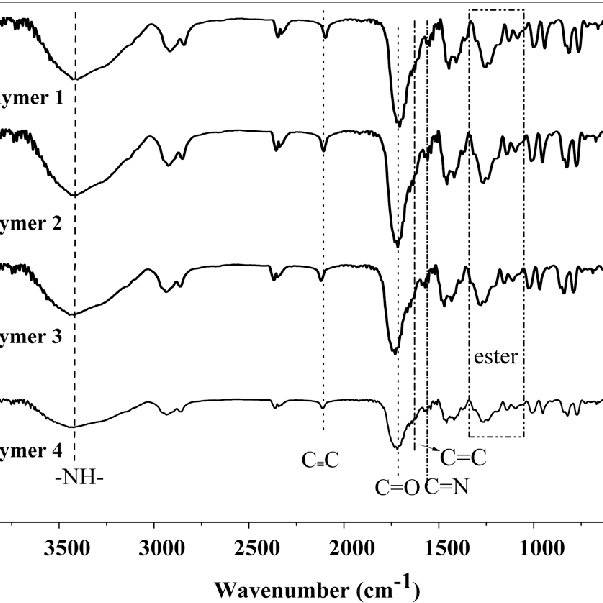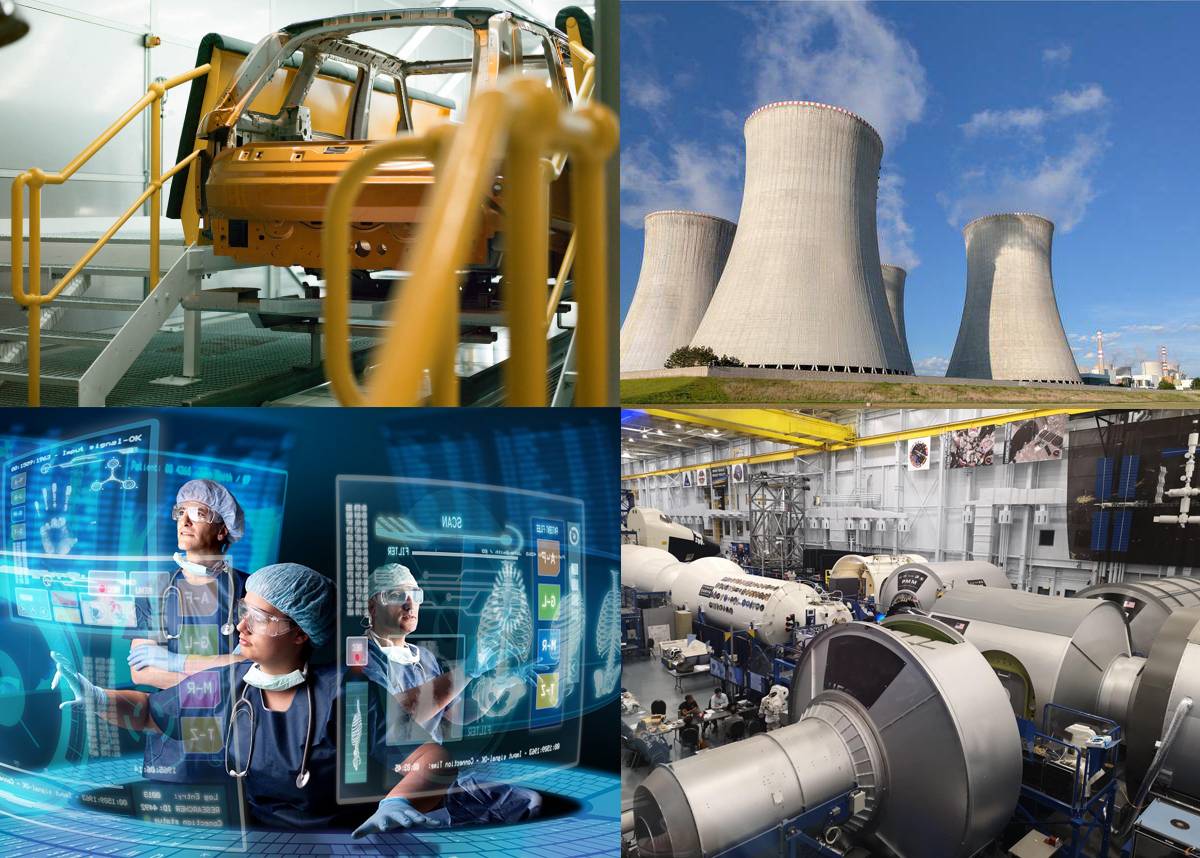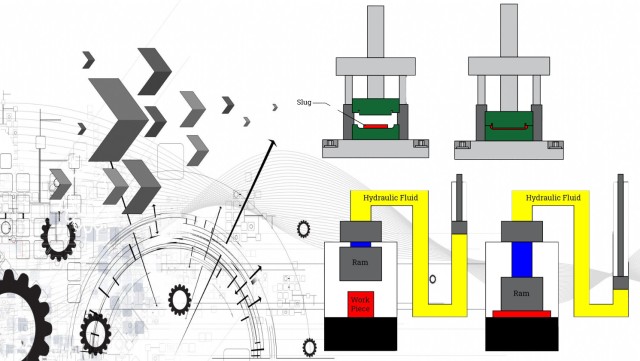Introduction to Hydraulic Presses
Hydraulic presses are machines that use hydraulic pressure to compress, mold, or shape a material. The basic concept of hydraulic presses is Pascal’s principle, which states that a pressure applied to an enclosed fluid is transmitted uniformly in all directions. Hydraulic presses come in different types, including manual, motorized, and pneumatic. They can be used for various applications, such as forming, punching, and stamping metal sheets, as well as molding and compacting powders. Hydraulic presses are widely used in different industries, including automotive, aerospace, and construction, due to their versatility and efficiency.
Table of Contents
Types of Hydraulic Presses
Hydraulic presses are available in various types, shapes, and sizes, each designed to meet specific application needs. Here are some of the most common types of hydraulic presses:
C-Frame Press
The Ce p-framress has a frame that resembles the letter "C" and is commonly used for light-duty applications. This type of press is ideal for applications that require a small footprint and can generate up to 30 tons of force. The C-frame press is compact, easy to install, and operates at high speeds.
H-Frame Press
The H-frame press has a frame that resembles the letter "H" and is used for heavy-duty applications. This type of press can generate up to 10,000 tons of force and is commonly used in the manufacturing industry for forging and stamping applications. The H-frame press is designed for applications that require a large working area and is known for its rigidity and stability.
4-Post Press
The 4-post press is ideal for high-precision applications and can generate up to 10,000 tons of force. This type of press is designed for applications that require accuracy and repeatability and is commonly used in the aerospace industry for composite molding applications. The 4-post press has a sturdy construction and can handle large and heavy workpieces.
Benchtop Press
The benchtop press is a small-scale hydraulic press that is commonly used for laboratory applications. This type of press can generate up to 10 tons of force and is ideal for applications that require a small footprint and high precision. The benchtop press is commonly used in the sample preparation for spectroscopy, including pressing KBr pellets for FTIR and creating sample pellets for XRF.

Customized Press
Customized hydraulic presses are designed to meet specific application needs. These presses can be designed to generate a specific force, have a specific working area, or have a specific speed. Customized hydraulic presses are commonly used in the automotive, aerospace, and manufacturing industries for unique applications.
In conclusion, hydraulic presses are available in various types and sizes, each designed to meet specific application needs. Choosing the right type of hydraulic press is crucial in achieving the desired results in any application. The C-frame press is ideal for light-duty applications, while the H-frame press is used for heavy-duty applications. The 4-post press is ideal for high-precision applications, while the benchtop press is used for smaller-scale applications. Customized hydraulic presses are designed to meet specific application needs.
Laboratory Hydraulic Presses
Laboratory hydraulic presses play a critical role in many types of laboratory research, such as material testing and sample preparation. These machines are smaller versions of industrial hydraulic presses and offer precision, control, and versatility.
Applications of Laboratory Hydraulic Presses
Laboratory hydraulic presses have a wide range of applications, including creating pellets, briquettes, and tablets from powders for various analytical techniques such as X-ray fluorescence and infrared spectroscopy. They are also used for sample preparation for electron microscopy and for compression testing of materials.
Principle of Operation
The science behind hydraulic presses lies in its use of Pascal’s law, which states that pressure applied to a fluid in a closed system is equally distributed in all directions. A small amount of force applied to a small area can be amplified to generate a significant amount of force over a larger area. The hydraulic press works on this principle, with the force generated being proportional to the area of the piston being pressed.
Precision and Control
One of the reasons scientists and researchers prefer laboratory hydraulic presses is because of their precision and ability to meet rigorous demands. The design and manufacture of these presses typically includes programmable controls, allowing users to press products more accurately, consistently and according to specific requirements.

Force Capacity and Space Requirements
While choosing a laboratory hydraulic press, important factors to remember include how much force is needed for a specific sample and how much space is provided in the lab. It is necessary to consider how much energy and strength is required to pump the press and whether or not the press will have to move.
Sample Preparation for Spectroscopy
Laboratory hydraulic presses are frequently used to create KBr (potassium bromide) pellets for FTIR (Fourier transform infrared spectroscopy) and general sample pellets for XRF (X-ray fluorescence). FTIR is a type of spectroscopy that uses infrared light to study the properties of matter. The process involves exposing a sample to infrared light, before the resulting light is passed through an interferometer. A small amount of sample is added to potassium bromide (KBr) powder in a typical ratio of 1 part sample to 100 parts KBr and then well mixed. The mixed sample and KBr powder is then compressed inside a pellet die using a hydraulic press. Similarly, XRF spectroscopy is an analytical technique used to determine the elemental composition of materials. By producing general sample pellets in a hydraulic press, the integrity of the sample can be maintained throughout the XRF process.
In conclusion, laboratory hydraulic presses are an essential tool in various research applications. They provide precision and control, and their ability to use fluid pressure to generate force is a testament to the significance of Pascal’s law in modern laboratory equipment.
Applications of Laboratory Hydraulic Presses
Laboratory hydraulic presses have diverse applications across various fields of science and engineering. These machines are particularly useful for conducting experiments and tests that require high levels of pressure and force. Below are some of the applications of laboratory hydraulic presses:

Material Science and Engineering
Hydraulic presses are extensively used in material science and engineering to test the strength and durability of various materials, such as metals and polymers. In this field, laboratory presses are used to create compressed pellets out of powdered material for use in applications as diverse as pharmaceutical development, spectroscopy, and bomb calorimetry. The pressing process helps to ensure thorough mixing with the dissolution media, making it possible to calculate how much material was released out of the system.
Chemistry and Biology
Hydraulic presses are also used in chemistry and biology to synthesize and process materials, such as powders, ceramics, and biomaterials. Microfluidic devices are often used in the healthcare industry for tasks such as blood testing and drug delivery. Prototyping microfluidic devices can be a challenge, however, due to the small size of the components. One way to overcome this challenge is to use a hydraulic press. The process begins with a mechanic punch, which creates a hollow cavity in which the device walls can be formed.
Quality Control and Product Testing
Hydraulic presses can be used in quality control and product testing to ensure that manufactured goods meet certain specifications and standards. To test blocking resistance, a sample of material is placed between two plates. The pressure from the hydraulic press is increased gradually until it reaches a point where the sample can no longer be displaced. This is known as the ‘blocking point,’ and it indicates how easily any given sample might suffer shape deformations when stored in stacks on shelves or in machines.
Pharmaceutical Research & Development
There are many ways that hydraulic presses can help with pharmaceutical research and development. One such example is dissolution testing – an important quality control process that helps to ensure the efficacy of pharmaceutical products. Dissolution testing involves testing the rate and amount of active ingredients that dissolve in a liquid vehicle. This helps to measure how much of a drug will be released into the body, and at what rate. One common way of performing these tests is through the use of a press.

Types of Laboratory Hydraulic Presses
Laboratory hydraulic presses are available in a variety of sizes and configurations. Manual hydraulic presses use a hand-operated lever to apply load to a sample, while automatic hydraulic presses use an electric motor to drive the pump and electric switches to open and close the relief valve. Hydraulic mini presses are small, portable presses that use hydraulic power to produce force. They are typically used to produce KBr discs for FTIR.
In conclusion, laboratory hydraulic presses are essential tools for scientists and engineers working in a wide range of fields. Their applications in the laboratory are diverse and far-reaching, making them an invaluable asset for conducting experiments and tests that require high levels of pressure and force.
Powder Compaction for Composite Material Study
Powder compaction is a process that uses hydraulic pressure to compress powder particles into a solid form. This process is widely used in various industries, including the study of composite materials. Composite materials are made up of two or more different materials with different properties. Powder compaction is used to fuse these materials together to form a solid mass that is more durable and resistant to wear and tear.
Hydraulic Presses for Powder Compaction
Hydraulic presses are powerful machines that use hydraulic pressure to compress materials. These machines are essential tools in the field of composite material study and are widely used for powder compaction. Hydraulic presses can be used to compact powders made up of different materials, creating a composite material that can withstand extreme conditions.
Ferromagnetics
Ferromagnetism is a type of magnetism that occurs in certain materials, such as iron, nickel, and cobalt. A hydraulic press is used to apply force to a material in order to change its shape and create a magnetic field, which aligns the spins of the electrons within the atoms of the substance. This alignment makes the material more magnetically polarized and thus more strongly attracted to other magnetic components. This process is known as induction and is one of the most important methods for creating and manipulating ferromagnetic materials.
Metal Matrix Composites
Metal matrix composites (MMCs) are materials that combine a metal with another substance, typically a ceramic or a polymer. MMCs have a wide range of potential applications in medicine, due to their combination of mechanical strength, biocompatibility, and imaging properties. Powder metallurgy is the most common method for producing MMCs, and it typically involves using a hydraulic press. The desired metal powder is blended with a matrix material. The mixture is then put in a mold within the press. The press applies force to the mixture, causing it to compact and take on the shape of the mold. Once the correct shape is achieved, the press is released, and the composite is removed from the mold. The final step is to heat treat the composite, which helps to improve its strength and other properties.
Isostatic Pressing
Isostatic pressing is another method used for powder compaction that applies a uniform, equal force over the entire product, regardless of shape or size. It is applicable to difficult-to-compact and expensive materials such as superalloys, titanium, tool steels, stainless steel, and beryllium, with material utilization that is highly efficient. Isostatic presses are used for compressing pharmaceutical particles and raw material into predetermined shapes. The use of this pressurizing system ensures a uniform compaction pressure throughout the powder mass and a homogeneous density distribution in the final product.
Material Testing
Hydraulic presses are also used to create test substances for material testing. This can help to analyze the material’s performance during the manufacturing process. For example, a hydraulic press could be used to assess blocking resistance, by testing the capability of a print material to not adhere to itself when applied under a certain amount of pressure.

In conclusion, powder compaction is a crucial process in the field of composite material study, and hydraulic presses are essential tools for this process. Hydraulic presses can be used to create new materials that are stronger, more durable, and have better performance than those made from individual materials. The use of hydraulic presses for material testing also helps to analyze the material’s performance during the manufacturing process.
Conclusion
In conclusion, laboratory hydraulic presses are an essential tool for many scientific applications, including sample preparation for spectroscopy and powder compaction for composite material study. The different types of hydraulic presses provide a range of capabilities to meet various needs, and manual hydraulic presses are a cost-effective option for smaller-scale applications. With their ability to apply high pressure uniformly and precisely, hydraulic presses have become an indispensable part of the laboratory equipment landscape. As technology continues to advance, it is likely that hydraulic presses will continue to play an increasingly important role in scientific research.
Related Products
- Manual Lab Heat Press
- Hydraulic Diaphragm Lab Filter Press for Laboratory Filtration
- Laboratory Manual Hydraulic Pellet Press for Lab Use
- Laboratory Manual Hydraulic Pellet Press for Lab Use
- Laboratory Hydraulic Pellet Press for XRF KBR FTIR Lab Applications
Related Articles
- Applications and Importance of Hydraulic Press in Laboratories
- Understanding the Importance and Applications of Laboratory Presses
- An Insight into Hydraulic Presses: Versatility, Efficiency, and Industrial Applications
- Comprehensive Guide on Pellet Press Dies and Their Applications
- What is lab hydraulic press
















